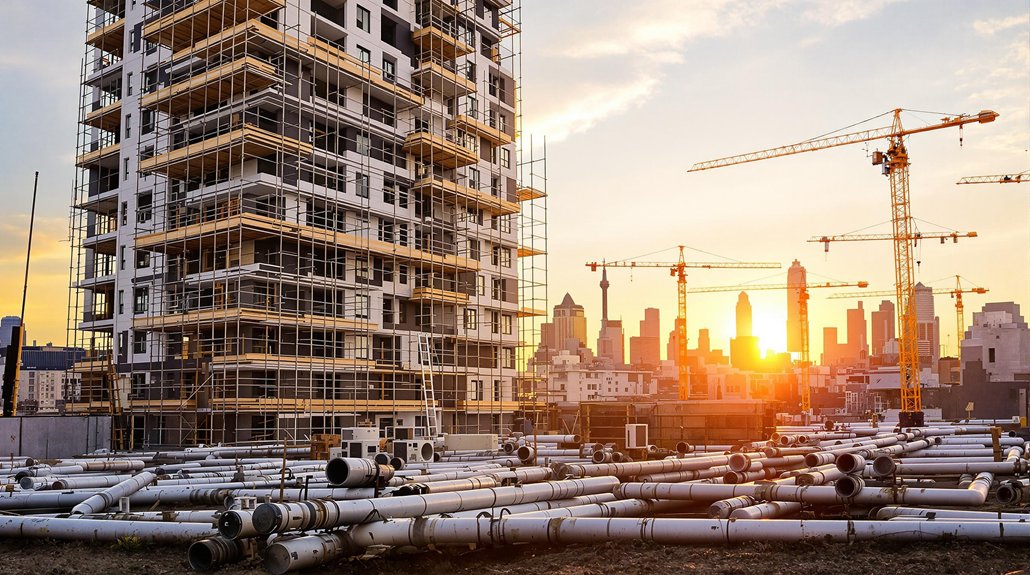ArcelorMittal’s Industeel plant pulled off a serious energy miracle. Their METRON implementation slashed a whopping €340,000 in costs its first year out. Not bad for an industry that devours energy like teenagers demolish pizza. Real-time monitoring, fancy drives, and upgraded motors transformed their operations. Steel production normally eats up 8% of global energy. With demand set to jump 33% by 2050, other manufacturers might want to take notes on this green transformation.
ArcelorMittal, the global steel behemoth, is squeezing more profit from every kilowatt. The steel giant has implemented a suite of energy efficiency measures that would make even the most hardened environmentalist crack a smile. Maybe.
Steel manufacturing devours energy like teenagers devour pizza. It accounts for a whopping 8% of the world’s final energy consumption. That’s not pocket change. Energy costs represent 20% to 40% of steel production expenses. Cut those costs, and suddenly quarterly reports look a lot prettier.
Energy-hungry steel production isn’t playing games. Trim those 20-40% energy costs and watch your profits soar.
At ArcelorMittal‘s Industeel plant in France, they’ve gone all-in on energy management. The METRON solution they implemented isn’t just fancy tech for tech’s sake—it delivered €340,000 in savings within a year. Continuous real-time monitoring. Automated reporting. Reduced operator time. Cash in the bank.
The company didn’t stop there. They tackled the basics first. Variable frequency drives now precisely control energy flow. Dust blowers adjust speeds automatically. Cooling fans operate based on actual load and temperature, not just running full blast like your neighbor’s air conditioner in July.
Then there’s the furnace combustion control model. Less fuel consumed. Less heat wasted. More money saved. Genius, really.
They even replaced old-school DC motors with AC motors paired with variable speed drives. High efficiency motors everywhere. Power factor improvements that make electrical engineers weak at the knees.
It’s not just about the equipment. Digital energy management ties it all together. Real-time monitoring aggregates production data, consumption metrics, and operational constraints. The system even factors in external variables. Weather patterns. Market fluctuations. You name it.
The steel industry still relies heavily on coal—89% of blast furnace energy comes from it. Electric arc furnaces use 50% electricity and 38% natural gas.
But ArcelorMittal is proving you can be efficient regardless of your energy source. The mill’s fume exhaust systems now incorporate speed control technology that adjusts based on actual exhaust air flow requirements. With global steel demand projected to increase by 33% by 2050, these energy efficiency initiatives are becoming increasingly critical for sustainable operations. This approach aligns with the global trend where renewable energy capacity has increased by 45% from 2015 to 2020. Turns out you can be both green and profitable. Who knew?








